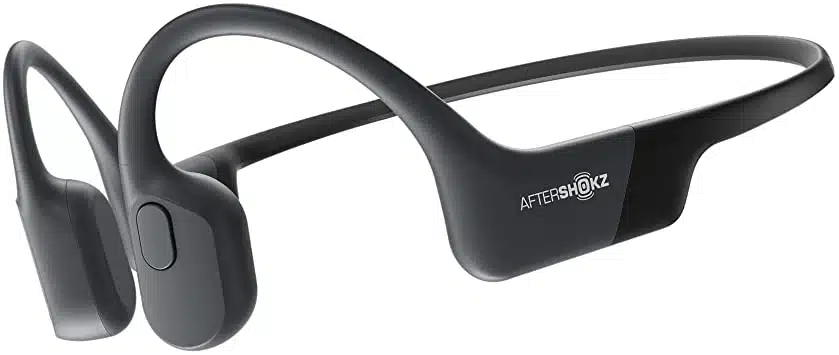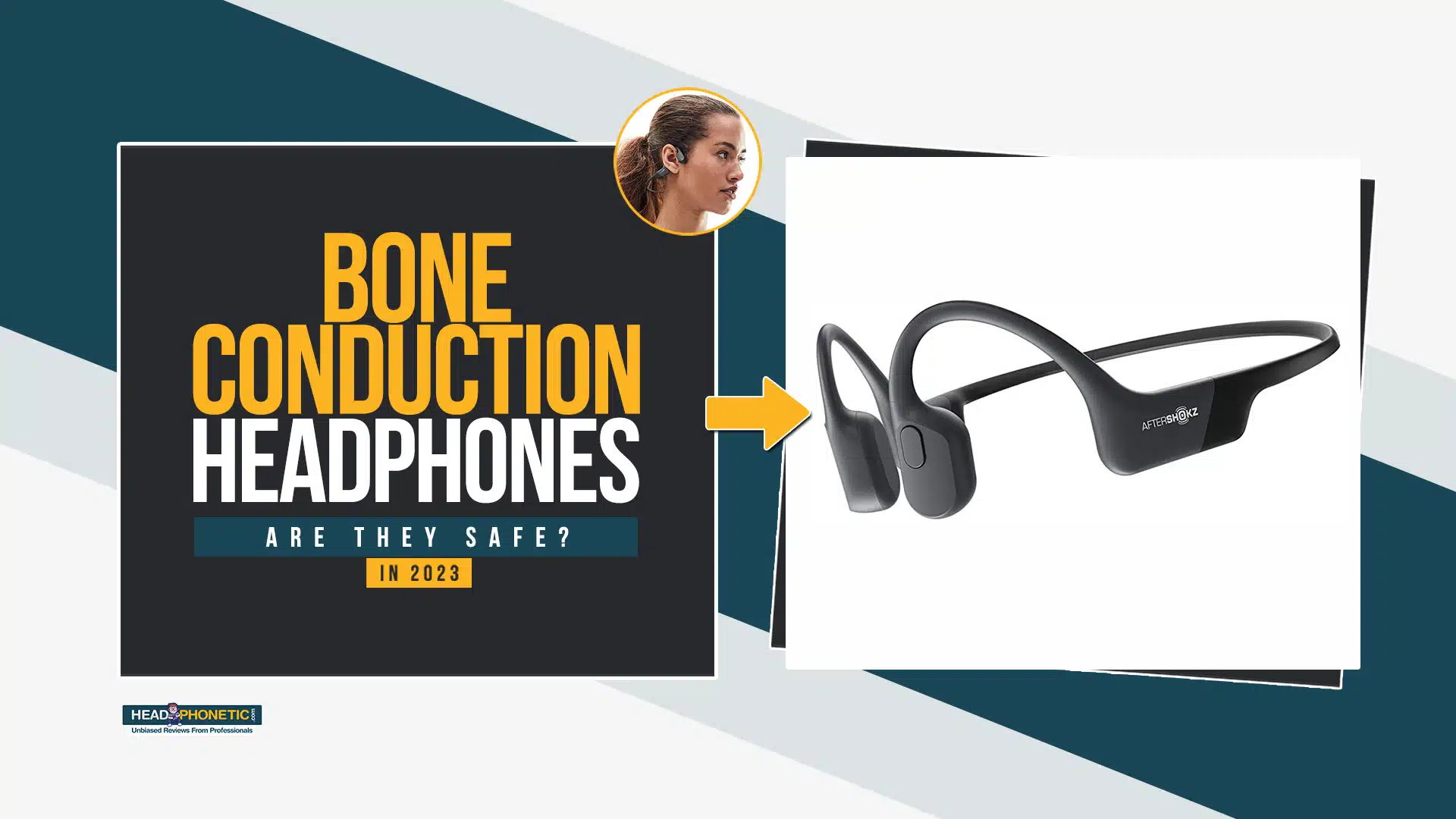Bone Conduction Headphones | Are They Safe? Let’s Discuss In 2023
The invention of Bone Conduction Headphones has taken many by surprise. It looks so futuristic that we imagine how sound can pass without an ear canal.
The Headphone market has seen versatility in its products in a couple of years. The first wireless headphones than earbuds in the market surprised many people.
None of them is unique if compared to the bone conduction headphones.
These headphones are also known as bone headphones, as they pass the sound through skull bones.
Our guide post will discuss all you need about bone conduction headphones, including their working mechanism, history, pros, and cons.
But if you want to look at Beats Studio 3 and Skullcandy Crusher Evo headphones comparison, then you can read this article.
Working Mechanism of Bone Conduction Headphones:
We need to understand that sound is merely a combination of particles. Even if it passes through the ear canal, it follows the same pattern as it passes through bones.
In regular headphones, sound particles pass through the ear canal and eardrum, reaching the final point where they send signals to the brain. The brain finally judges the type of sound, and we hear it.
The same goes for bone conduction headphones, but the only difference is that it does not pass through the ear canal or eardrum.
In bone headphones, sound passes through our skull using the cheekbone, reaching the inner ear bones and vibrating them.
This vibration sends the signal to the brain, and we finally take it as a sound.
These open-ear headphones have a mix of responses from people who have used them.
Image Source: https://shokz.com/
History of Bone Conduction Headphones:
Bone conduction headphones are a type of technology that looks futuristic but is not. Its history goes back to the 15th century.
In the fifteenth century, a physician named Hieronymus Capivacci used bone conduction technology to diagnose the hearing loss of his patients.
He used the steel rod and put them in his patients’ teeth to check whether they heard through bones.
After many years, Beethoven used this technology to compose his tunes. It is reported that Beethoven put one end of the pencil to his teeth and the other to the piano.
Using this method, he could hear the sound of his composition through skull bones. So bone conduction technology enjoys an ancient history.
Are Bone Conduction Headphones Safe?
Bone conduction headphones use an unexpected source for sending the audio to our ears, making most people curious about the safety of their ears. Especially if you see the reasons behind the hearing loss reported nowadays. Most patients are hurt due to the increased use of regular earphones.
So the answer to this question is Yes. Bone conduction headphones are safe because they transfer the sound waves to ear bones using the cheekbones. Unlike regular earphones, bone headphones are not directly dependent on the eardrum and ear canal.
Mainly, hearing loss occurs due to the declining health of the eardrum and ear canal. So bone headphones are an excellent choice to keep yourself safe.
Bone headphones can be harmful for the only reason, and that reason is overuse. If you listen to music at an extreme volume for long hours without any breaks, these headphones will not be safe. In fact, no headphones remain safe for us in overuse.
How do They Increase Safety?
- Bone headphones don’t use the ear canal, so the ear canal remains safe.
- Bone conduction headphones do not affect the eardrum as it goes through the cheekbone to the ear bones and then to the brain. It remains the finest advantage.
- Bone headphones can be used with a sports helmet easily because they are placed on the back side of the neck. Using a helmet during activities increases our Safety.
- Bone headphones are not used in ears, so the chances of probable bacteria become zero. It saves us from dozens of medical conditions.
- Bone headphones are open-ear headphones that keep us updated about our surroundings. So we remain purely safe in every manner.
Pros and Cons of Bone Conduction Headphones
Are these headphones made for you? We have covered you with details, and you can decide at the end of the post whether to go with bone headphones.
Do You Know?
After years of hard work by many brands, Philips finally entered the bone-conduction headphones market. Philips has launched two of its models so far, and people love the sound of these models
Pros of Bone Conduction Headphones:
Cons of Bone Conduction Headphones:
FAQ’S:
- Why choose bone-conduction headphones?
Bone conduction headphones have many upper hands as compared to regular headphones. These headphones are a complete vibe as they use different technology for sound. Also, bone headphones have a good grip, so they are liked by athletes as well. These are open-ear headphones so that you will stay updated with your surroundings.
- Can a deaf person hear with bone conduction?
It depends on the type of hearing loss a person is suffering. People with minor or moderate hearing loss use the hearing aid. Hearing aids are bone conduction technology that lets you hear the sounds through the bones of the skull.
- Are bone conduction headphones waterproof?
It depends on the product you are pointing to. Some are not waterproof, but most headphones are waterproof and sweatproof. That is why cyclers and athletes love it.
- Is bone conduction technology safe?
The ones supporting bone conduction technology call it completely safe, but it is invalid. Even regular headphones are safe only if they are heard at average volume. The same goes for bone conduction headphones. If you hear the music at a high volume, you will feel the harm in your skull.
- Does bone conduction sound better?
No, bone conduction headphones don’t sound better as compared to other standard headphones. It remains one of the major setbacks for these headphones so far. They can only produce an average sound quality.
Conclusion:
Bone conduction headphones can be a great alternative to earbuds or over the ear headphones.
If you’re curious to buy your first pair, I recommend you review the SHOKZ OpenRun Bone Conduction Headphones to see if they are right for you.

Bone headphones are better than regular headphones in some ways, and in some ways, they are not. The Bone conduction headphones are a plus point for grip, ears safety, bacterial infections, etc. If we look at the quality of sound and pricing, then most people would prefer something else.
These headphones are a unique technology, so trying them once at least is a must.







